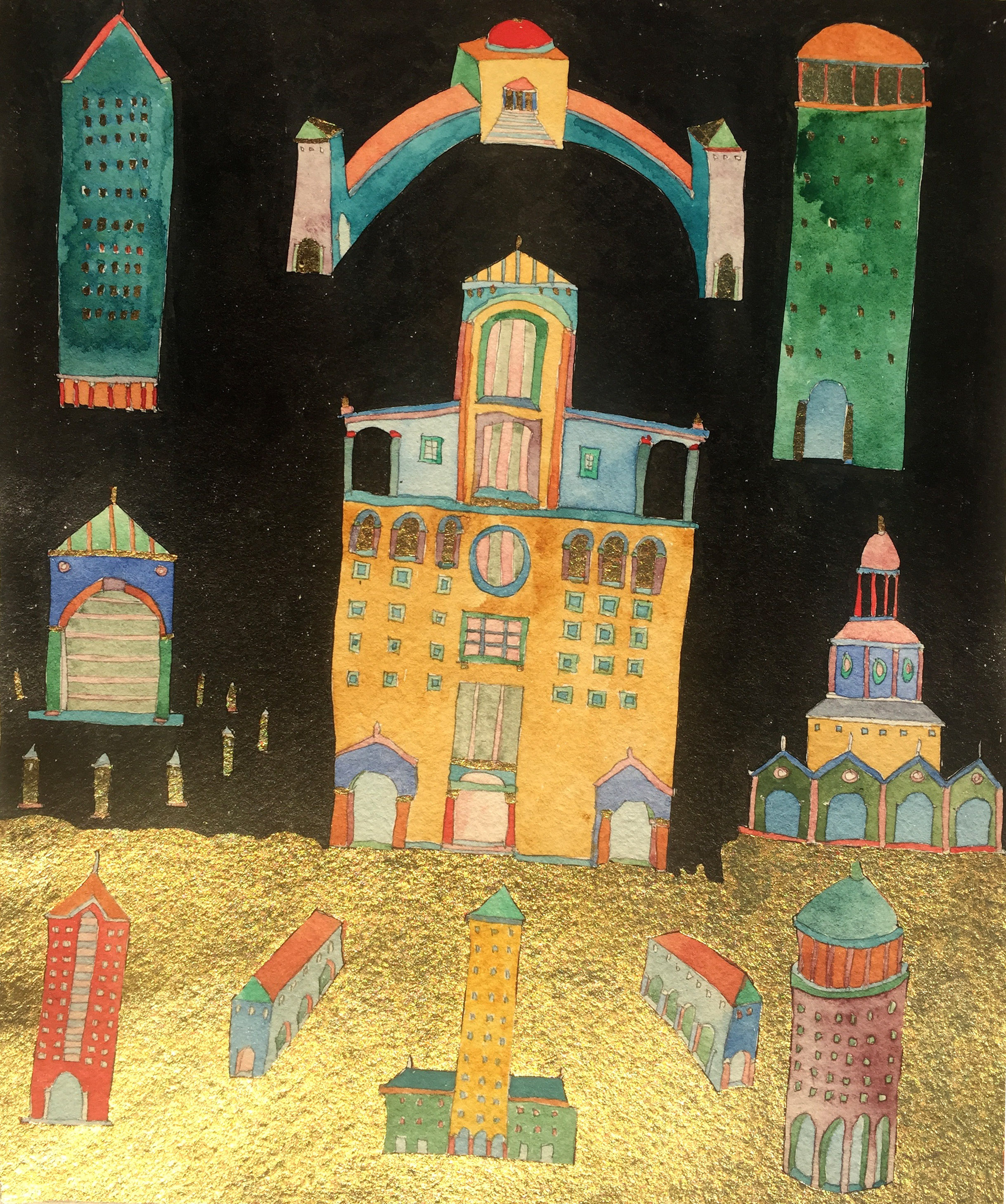and since traditional paintings usually cannot communicate with words or speech I am reliant on this text to make you aware of a few elemental aspects concerning your further evaluation and appreciation.
:: As a viewer you already know everything possible about me, just don’t think about it because then you question your own exact and intuitive observation.
:: I have a name: GREEN SQUARES OPPOSED. This does not imply a conflict or rupture in the complacent order of the composition but it (the position of the small corner located green squares) does set off a contra-positional rotation and stretches your eyes a bit. If it was more pronounced it would be noticed with out mentioning it but your inner eye was aware of it immediately
:: As a painting I am kinda, well one dimensional, as in flat. Any illusion of depth is really an illusion. Just trying to be honest.
:: I exist because I exist. This is not a philosophical statement just a fact. There are no associated images that I represent and no allusions implied or sublimely suggested. I like it this way since as a free agent I can be self-represented and am not dependant upon association. However, I realize that I should not try to be philosophical since it tends to become circular, like a snake chasing it’s tail.
:: Being too small to command a prime spot over a sofa or decorate a room, I am a portable reminder of observation and remembrances; an ikon-like tableau of humble material collected on a mounted linen rag nailed to a pine box.
:: Free from association with objects from the physical world I share my space as one of the objects being one, not of the multitude.
:: Some Russian guy [note1] said, “Suprematism is the rediscovery of pure art which, in the course of time, had become obscured by the accumulation of “things.” This might sound radical but the point is that pure art has the potential to exist when sentimentality is suspended and the process, materials and tools of art creation are given a dominant position.
:: As in physics, everything occupies its own space and can not preempt with out exerting energy or force.[note2] There is energy pushing the colors on my surface, it is demonstrated by the way the paint flows over the edges and by the force fields that contain the blocks of color in a friendly but pushy way. The equilibrium/stasis of a crowd trying to be polite but also get on a packed subway car.
:: The physical properties of color define relationships of power exertion, transfer and assimilation (incorporation, absorption, digestion) these are expressed in dominate and submissive forces and this high-tension field is put into balance until the lights are turned off and then all chaos breaks loose. This is from The Secret Life of Paintings, chapter 37.
:: If you are color blind, you have my sincere sympathy; this painting is about the inter-reaction of color. Just keep in mind that there are birds in Peru that share some of these colors in their feathers but it does not help them fly any better. Their structure, muscles and their form do the work.
:: Speaking of color, all theories are ignored. Complying with too many rules destroys fractal energy. Color is simply color and sometimes mixing too many beautiful expensive pigments together makes an awful gray sludge.
:: Inherently I exist as an object. While being narrative neutral in subject, it does not imply that I am anonymous and with out an origin/creation myth.
:: A structural analysis would reveal that the bi-directional intersection of the warp and the weft the linen support informed the stiff boar bristles of a brush depositing a mixture of rare earth and minerals bound together with very refined linseed oil [note3] into roughly rectangular shapes. The brush held by an eye/mind-guided hand subject to constant calibration and correction, and contemplating life experiences, the natural and artificial world and what to cook for dinner.
:: Oh, by the way, there is a small piece of lettuce on your tooth. Since we are friends I though I could tell you that. I am sure you would do the same for me.
:: Now that we have had this conversation I would like to come to your home [note4] and look at your paintings. Just don’t turn the lights off, I am afraid of the dark ie. chaos and all that!!
NOTES:
1. Kazimir Malevich also said: “The square is not a subconscious form. It is the creation of intuitive reason. The face of the new art. The square is a living, regal infant. The first step of pure creation in art. Before it there were naive distortions and copies of nature.”
2. Albert Einstein had developed theories on this but since he was not a painter it is only relatively accurate.
3. Linseed oil is expressed from the seeds of the flax plant, the fiber in linen.
4. This actual painting is not for sale but you are welcome to take it home for a visit, just leave your visa card at the counter.









